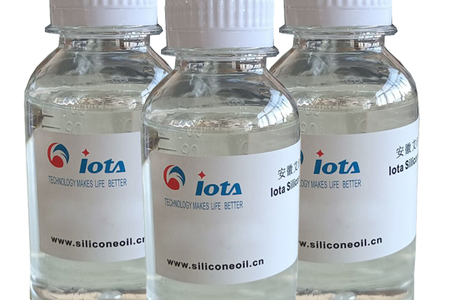
Part III: Future Trends - Breakthroughs in Greening and Intelligence
3.1 Environmental Upgrade: From Degradable to Bio-based
Traditional silicone wetting agents rely on petroleum-based raw materials, and some silicon-containing products are difficult to degrade. Innovation directions include:
Biological siloxanes: Extracting biosilicon from straw, rice husks, etc. to reduce carbon footprint;
Hydrolyzable structure design: Introducing ester bonds or amide bonds to decompose molecules into non-toxic small molecules in the environment.
Case: A polyester-modified silicone wetting agent developed by a certain company has a degradation rate of over 90% in soil in 6 months.
3.2 Functional Intelligence: Responsive Wetting Agents
Through molecular design, wettability can be dynamically adjusted with temperature, pH, light and other conditions:
Thermosensitive type: After pesticide spraying, the wetting agent automatically enhances penetration at leaf temperature and remains stable at room temperature;
Light-triggered type: used for 3D printing photocurable resin, wettability changes suddenly after ultraviolet light, achieving precise molding.
3.3 Nanotechnology Fusion: Creation of Superwetting Surfaces
Combining silicone wetting agents with nanomaterials (such as silica, carbon nanotubes) can produce:
Superhydrophilic surface: contact angle close to 0°, used for self-cleaning glass or anti-fog lenses;
Superoleophobic surface: anti-oil coating, suitable for anti-adhesion of industrial pipelines.
Laboratory breakthrough: graphene/silicone composite wetting agent, which increases the spreading speed of water droplets on hydrophobic surfaces by 3 times.
3.4 Digital empowerment: AI-driven formulation development
Use machine learning models to predict the relationship between the molecular structure and performance of wetting agents and accelerate the development of new models. For example:
Molecular simulation: calculate the effect of different side chain groups on surface tension;
Big data optimization: analyze thousands of experimental data sets and recommend the best addition amount and compounding scheme.
Conclusion: Micro-control, the source of great changes
The value of silicone wetting agents lies not only in their "four ounces to move a thousand pounds" efficiency, but also in the fact that they reveal how surface science can solve complex problems in the macroscopic world through fine manipulation at the molecular level. From reducing pesticide use and increasing efficiency in agriculture to precision electronic manufacturing, from daily consumer goods to the forefront of carbon neutrality, this field is constantly breaking through boundaries. In the future, with the integration of green chemistry and smart materials, silicone wetting agents may become an important fulcrum for sustainable development, continuing to write the technological legend of "small wins big".
